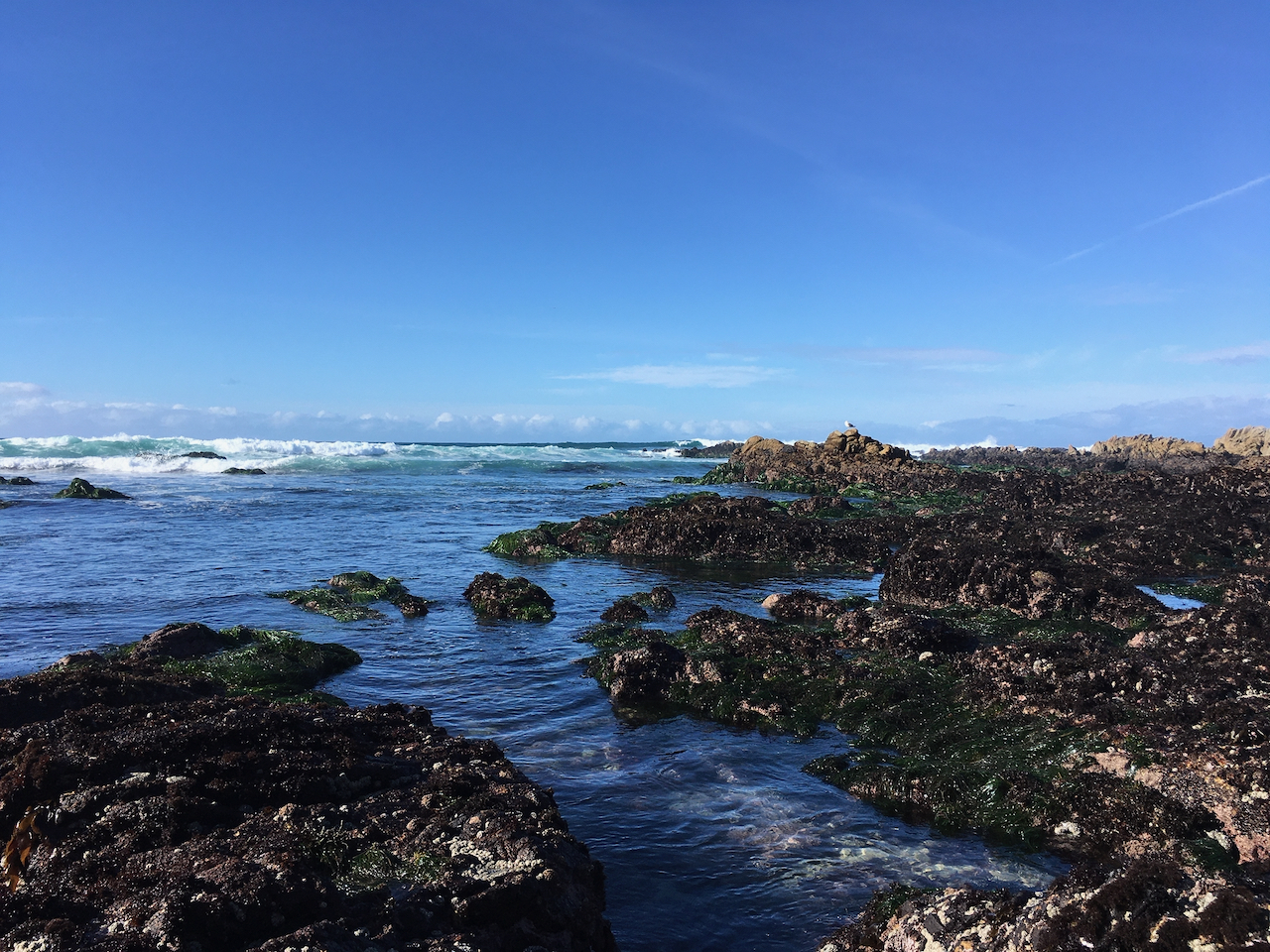CSUN Associate Professor of Biology Kerry Nickols joined a large team of marine biologists at institutions across the U.S. and Australia in developing a sweeping new analysis of U.S. marine protected areas (MPAs). The analysis, published earlier this summer in Frontiers in Marine Science, identified significant gaps in the country’s ocean protections — leaving critical marine systems and the coastal economies that depend on them vulnerable.
The paper, “A Scientific Synthesis of Marine Protected Areas in the United States: Status and Recommendations,” used “The MPA Guide”, a groundbreaking new science-based framework, to evaluate the 50 largest MPAs in U.S. waters, which make up 99.7 percent of U.S. MPA coverage. The analysis revealed that over 96 percent of the total area — and 99 percent of U.S. MPA area that is considered fully or highly protected from extractive and destructive human activities — is located in the central Pacific Ocean. MPA coverage along the Atlantic and Pacific coasts, or around Alaska, is surprisingly sparse. Just 1.9 percent of the U.S. waters outside the central Pacific benefit from any MPA protections, and most of those are only considered lightly or minimally protected. This leaves these regions largely unprotected against unprecedented ecological pressures, the authors note, and it poses a challenge to meeting conservation goals laid out in the Biden Administration’s “America the Beautiful” conservation initiative.
The full paper is available online at the journal website.
Featured image: The rocky shoreline of Asilomar State Beach, a state marine reserve near Monterey, California. (photo by Jeremy Yoder)

